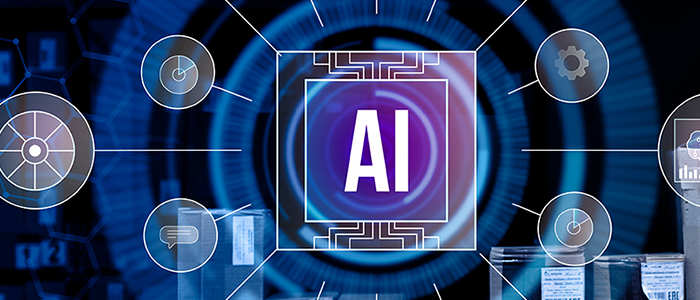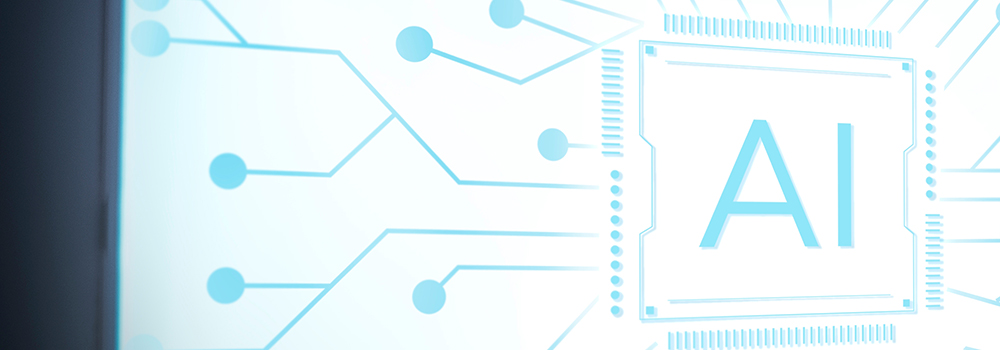
Risk assessment means looking at all the conditions, situations and threats that exist that could damage or bring down your business. Risk assessment is all about identifying the external and internal threats that exist and measuring the likely consequences if that threat becomes reality. A data security risk assessment would identify what data you have, how you use it, how confidential it may be, how it is affected by regulations and the ways it could be compromised. A major focus of a data security assessment is cybercrime.
In terms of developing an IT staff, the alternative approach to building out a team is to determine your IT staffing needs in terms of risk assessment. That means evaluating risk and directing staffing resources to those areas where the risk is greatest and the consequences most severe. Basically, it is an evaluation on the ROI of your IT staffing in light of identified risk. In particular, what is the return on your risk management investment? The goal is to evaluate risk in light of business and operational consequences. Put simply, which point of failure leads to the most destructive consequences. Once that is determined your limited IT resources can be directed at those most critical areas.
In the short term, you can try to find the specific applicants that have what you need to plug the holes. Is that workable given the challenges to hiring? The market is very competitive.
The alternative is an MSP. Using a Managed Service provider for at least some of your most critical needs can be a very effective way of targeting your IT resources to where you are most vulnerable.
You have more freedom to move resources to where they are most needed.
Opting for an in-house IT team limits you in terms of scalability. You cannot just add or reduce the strength of your IT team anytime. Choosing a managed services provider, however, provides the flexibility to scale up or scale down your IT investment to suit your business needs.
Having a service contract with an MSP helps you tackle IT emergencies better because you get access to top-level IT expertise. An MSP’s core business is IT so they are naturally more knowledgeable and up-to-date when it comes to the latest IT challenges, including cybercrime. Plus, an MSP can deploy more resources if need be to solve your IT emergency, helping your business get back on its feet sooner.
The IT industry is constantly evolving. The in-house IT team may find it challenging to keep up with the latest trends and norms of the IT industry as they will be caught up in managing the day-to-day IT activities at your office. Also, IT is a very broad field, and only a diverse IT team has the depth to cover all of the different areas. With an MSP, you don’t have to worry about how technology is changing. A good MSP will not only be up-to-date with the latest in tech but also advise you on what tech changes you need to make to stay ahead of the curve.
The lesson for hiring IT is that you should focus resources, be they in-house or external, on the areas where your business is at highest risk from a single point of failure or a cyber attack. Not all IT needs are equal, and traditional models don’t always recognize this. A Managed Service Provider can also assist you in determining a hierarchy of your IT needs.









